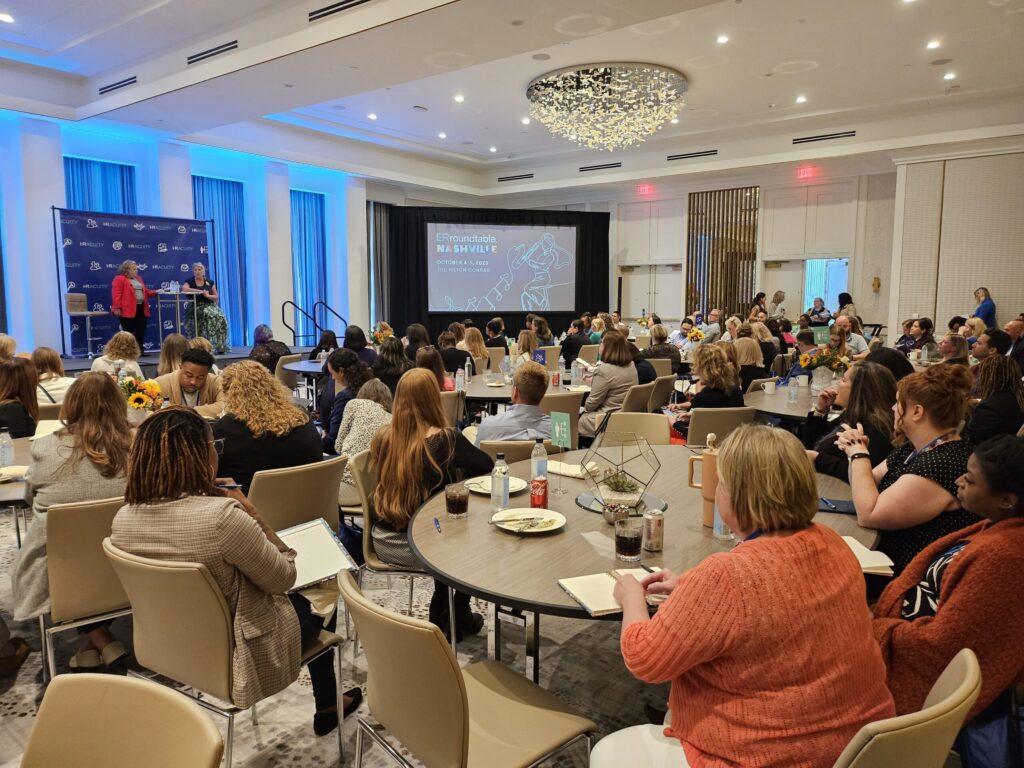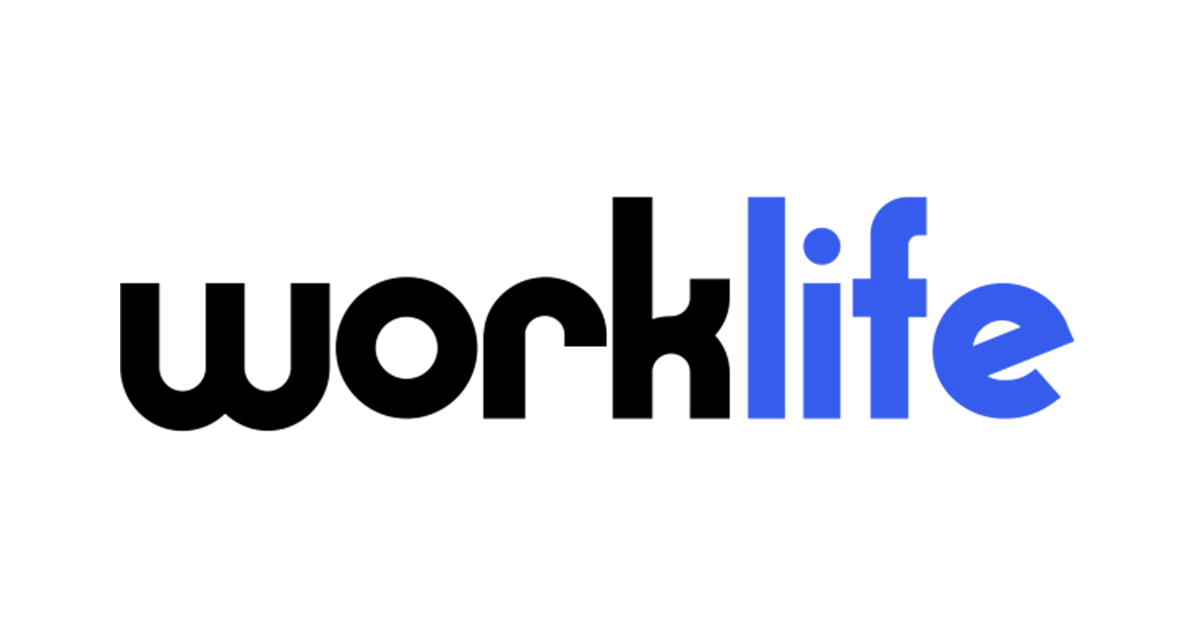This is the second blog in my series of curated takeaways from our 2023 ER Roundtable in Nashville. To read the first one about elevating the ER brand, click here.
Up next is a topic that I’m extremely passionate about; mastering the art of meaningful employee relations insights. As an HR technology CEO, I’m a big believer in data and analytics because I know that when used consistently, both are foundational to a trustworthy HR function.
Similar to our brand discussion, this best advice we heard on this topic boiled down to the basics; data storytelling and simplification.
Let’s start with data storytelling.
Simply put, data storytelling is your ability to effectively communicate insights from data by creating narratives (think storylines) and visualizations (think charts and graphs.) Narratives and visualizations help you add context to your data so that you can gain understanding, elicit emotion and inspire action from your listening audience.
Think about the other business functions in your organization. Data storytelling is already a regular form of communication for many of them. Sales tells stories using forecasting data to justify more headcount. Marketing uses webpage conversion data to justify advertising spend. Product teams use UX data storytelling to decide which products deserve limited engineering resources.
During our discussion, I heard sound tactical advice for great storytelling. For example, we talked about the importance of having a global baseline. Seems basic, but having a baseline for an agreed set of metrics makes it far easier for you to consistently build compelling narratives; “this is where we started, this is what has changed, here’s why that’s good or bad, and here’s what we recommend moving forward.”
Another popular piece of advice around storytelling was consistently using dashboards. According to our community, monthly, quarterly and year to date dashboards instantly add visualization to your insights. Dashboards give your audience meaningful context around trends, progress and outcomes results. Finally, they help you create urgency around your recommended next steps. Some of the most common dashboard items we heard about included litigation hot spots, cases per associate, response times and operations health.
The other advice we heard during this session was the importance of simplification.
The best ER teams simplify their data and analytics approach by ensuring that their data storytelling is hyper relevant to their respective audiences. The stories that executives and business partners care about look and sound different from the ones that are important to employees.
For example, executives and business partners want to know what potential issues are brewing, why they are happening and what can be done to prevent them. They want to know which part of the workforce is engaged and which part might be burning out and why. They want to know how many cases the organization has open and what the potential risk from those cases may be.
When the right data is captured, ER can easily address these questions with data stories curated to provide clear answers. For example, trending case data can uncover potential issues on the horizon. Issue reporting can highlight Hotspots where problems are most likely to surface. Historical grievance resolution can pinpoint which issues put the organization at risk and which proactive measures worked (or didn’t) in the past.
On the other side of the listening audience are employees. In my opinion, this is the audience currently facing an awkward silence from ER. In our most recent benchmark study, approximately half of organizations lack access to case substantiation data for cases resulting in an investigation. This is a huge problem. Why? Employee confidence deteriorates when investigation outcomes are unknown. In order to trust the organization, employees need to know some basics: how fast are issues resolved? How can they be sure the organization doesn’t tolerate retaliation? How often are accommodations granted?
All of these questions can (and should) be answered using data stories. For example, investigation outcomes data by case type might help employees understand how long typical investigations last. Providing compliance information with anti-retaliation laws, i.e., showing employees a lack of legal cases or settlements related to retaliation, can help them feel more confident in a zero tolerance policy. Finally, with the right data capture, ER can explain how many and what type of accommodation requests are received and approved or denied.
If you’d like a recap of the biggest takeaways from our Nashville Roundtable sessions, you can download that summary here.
As always I believe the empowER community we’ve built at HR Acuity is a priceless resource for professionals who want to elevate both their personal career and the ER function as a whole. If you aren’t already a member of our community, we’d love to have you.
Up next, my final blog in this series, key takeaways from our session on adapting employee relations processes in 2024 with a focus on mental health.




